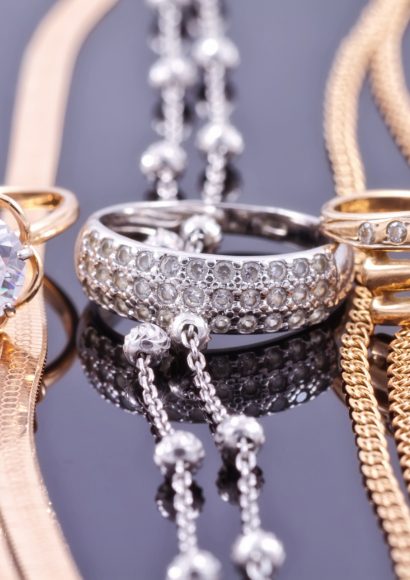Step#1 Conceptualization
Apecifications are laid out. This step forms the blueprint for the physical product. It ensures that the artistic vision aligns perfectly with the technical requirements, providing a concrete foundation for all subsequent phases. Moreover, the conceptualization phase is where creativity and practicality coalesce, setting the tone for the entire project.
Step#2 Material Sourcing
The next phase involves sourcing the appropriate materials like metals and gemstones. Quality and sustainability are key considerations at this stage. Relationships with ethical suppliers are cultivated to maintain integrity in sourcing. Moreover, material selection also impacts the product’s overall value and market appeal. Ultimately, this step has far-reaching implications, not just for the product’s quality, but for the brand’s reputation as well.
Step#3 3D Modeling and Prototyping
Before mass production, a 3D model is created for review and approval. Rexjewel excels in bringing unique visions to life in this phase. Advanced software is utilized to achieve the utmost accuracy in models. The prototyping stage allows for any last-minute adjustments, ensuring the final product meets all specifications. It’s a pivotal moment that bridges the gap between abstract design and tangible product.
Step#4 Wax Casting
Once the prototype is approved, a wax cast is made. For instance, the accuracy of the wax cast affects the quality of the final product. The wax model serves as a preliminary structure, offering a chance to catch any potential errors. It’s a vital stage for maintaining the design’s integrity before it’s rendered in metal. Additionally, this phase paves the way for a seamless transition to the metal casting stage.
Step#5 Metal Casting
Here, the wax model is replaced by metal through a casting process, creating the jewelry’s basic structure. The process is highly specialized, requiring a team of skilled artisans and technicians. The result is a durable, high-quality framework ready for stone setting and polishing. This stage represents the culmination of planning, where the physical piece starts to come alive.
Step#6 Stone Setting
Gemstones are meticulously placed according to the design. This step requires precise craftsmanship to ensure a secure fit. The right placement not only enhances the beauty of the piece but also its structural integrity. Each gemstone is set with a focus on achieving the desired aesthetic effect. This is where jewelry truly starts to sparkle, both literally and metaphorically.
Step#7 Polishing and Finishing
The final phase involves polishing and applying finishes to enhance the jewelry’s appearance and longevity. This step adds luster and smoothness, giving the jewelry its final, retail-ready look. Different polishing techniques can be used, each contributing its unique effect to the finished piece. In our experience, it’s the finishing touches that transform a piece from ‘good’ to ‘unforgettable.


